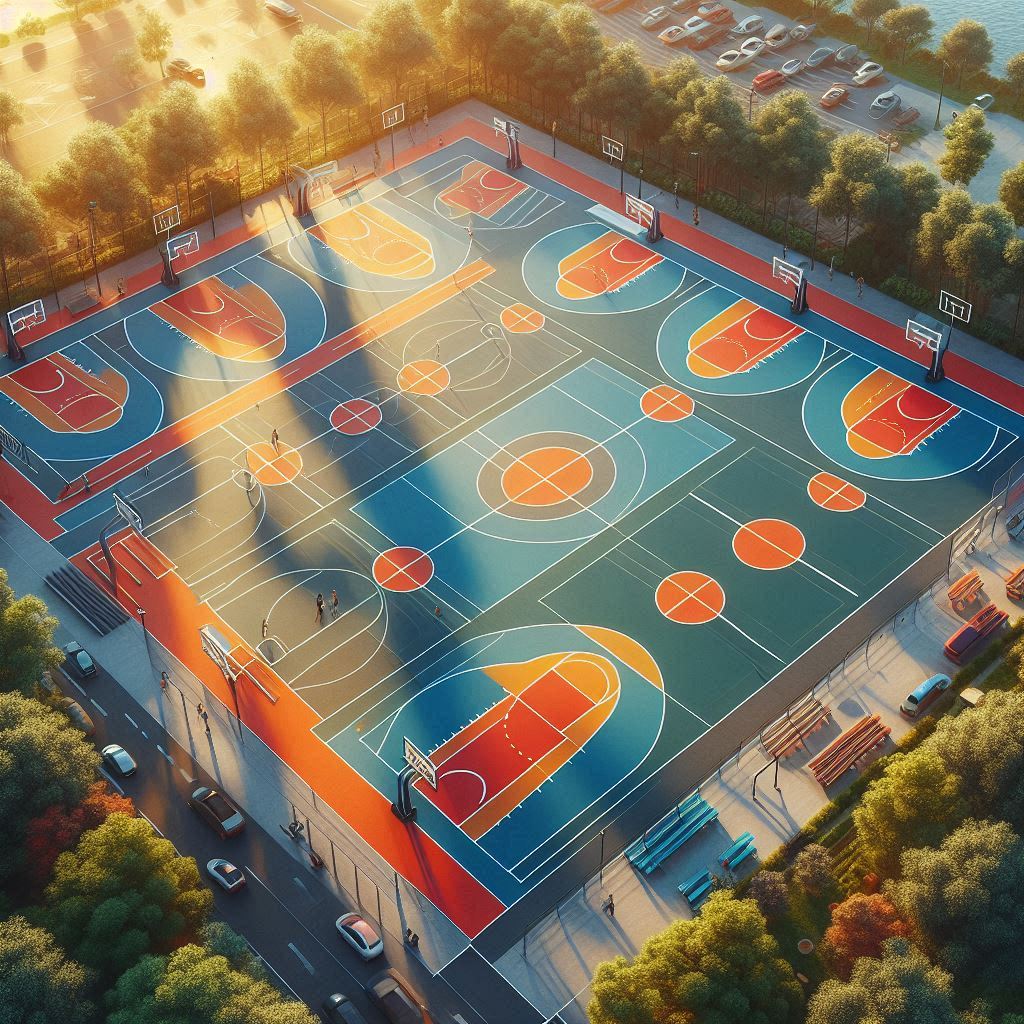When it comes to building a high-quality basketball court, choosing the right surface and materials plays a crucial role in both performance and safety. Whether for a school, sports facility, or private residence, understanding the variety of options available can help you make a more informed decision and ensure long-lasting results.
There are several types of basketball court surfaces , each tailored for specific settings and needs. Outdoor courts typically use asphalt or concrete as a base, which are cost-effective and durable. However, these surfaces can be harsh on joints and may require resurfacing over time. A popular upgrade for outdoor courts is modular interlocking tiles made from polypropylene. These tiles offer better shock absorption, superior traction, and weather resistance. For indoor courts, hardwood flooring, particularly maple, is the gold standard. It provides the ideal balance of bounce, grip, and aesthetic appeal, often found in professional and collegiate arenas. Synthetic options like polyurethane and vinyl are also used indoors, offering flexibility in terms of budget and maintenance.
Understanding the variety of basketball court materials is just as important as selecting the right surface. The base layer—usually made from crushed stone or compacted gravel—ensures proper drainage and stability. For the top surface, materials differ depending on the environment. Acrylic coatings are commonly used on outdoor courts for their resistance to UV rays and customizable color options. In contrast, indoor courts may use engineered wood or high-quality laminates for easier upkeep and lower installation costs.
Other critical materials include line-marking paint, which must be durable and weather-resistant, and adhesives that ensure proper bonding of synthetic surfaces. Accessories like hoop systems, backboards, and lighting fixtures are also considered part of the overall construction and should be chosen based on quality and durability.
Maintenance is another factor that depends heavily on the chosen materials. Hardwood courts need regular dusting and occasional refinishing, while synthetic and acrylic surfaces should be cleaned with non-abrasive solutions and checked for wear or damage. Modular tile systems are low-maintenance and easy to replace if a section gets damaged.

